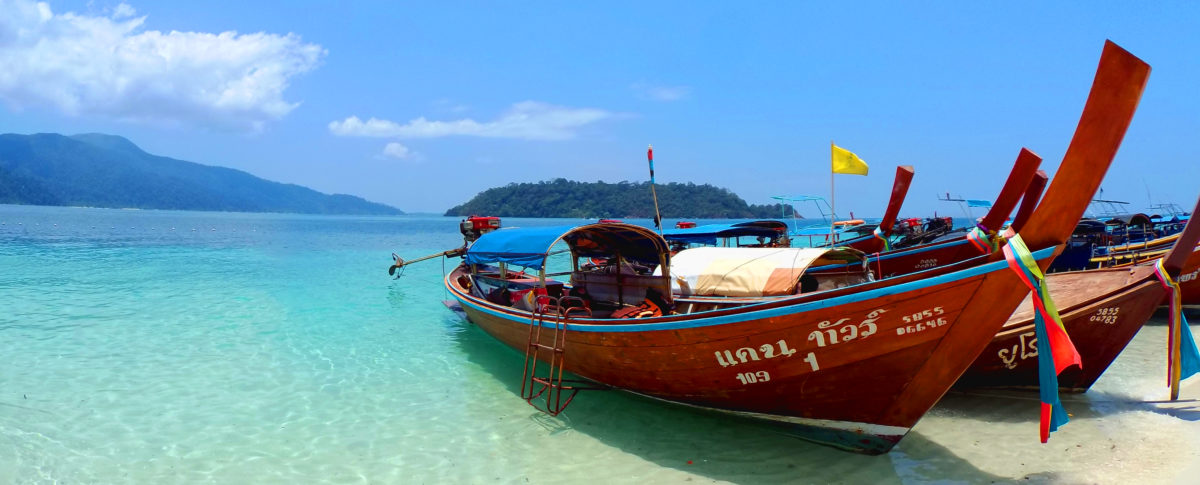Late last year, I embarked on a 9-day trip around Seoul—my first visit in 9 long years. It was a memorable journey with friends who had overlapping schedules, making the experience even more special.
Over the past few days, I have shared some of the must-visit places from our trip: Bukchon Hanok Village, Changdeokgung Palace, Insa-dong, Namsan Park, Myeong-dong, Hangang Park, Alpaca World, Gangchon Rail Park, Nami Island, Starfield Suwon Library, Dongmyo Flea Market, Seoul Forest Park, Seongsu, Starfield COEX Library, and, of course, our base in Hongdae.

Between exploring these iconic sights, we indulged in a variety of delicious meals and street food. While I am not a food blogger, I could not resist sharing some snapshots of the local dishes we devoured. And yes, I did miss capturing some of the classic street foods like tteokbokki (rice cake), gimbap (rice roll), bungeo-ppang (fish pastry with red bean paste), sundae (blood sausage), and odeng (fish cake). Promise, I had them—I just forgot to take photos.
In case you missed it, I wrote about the step-by-step process I followed to get my multiple entry South Korean tourist visa. You can check it out here.
Gyeran-ppang
Gyeran-ppang, or egg bread, is a popular street food across South Korea. This oblong-shaped, fluffy bread is topped with a whole egg, making it both savory and satisfying.

Bibimbap
Bibimbap is a rice bowl topped with a variety of vegetables, a fried egg, and sometimes meat (typically beef), all mixed together with gochujang sauce. My friends and I opted for the vegetarian version at a cozy local restaurant near Changdeokgung Palace.

Chimaek (Chicken & Beer) + Soju
Chimaek, the perfect combo of crispy fried chicken and cold beer, is a beloved treat in South Korea. We enjoyed this pairing with a bottle of soju at Two Two Fried Chicken, located near Myeong-dong Station.



Hangang Ramyeon & Chicken
One of the best experiences in Seoul is enjoying hot (overpriced) ramyeon and fried chicken by the Hangang River. At Yeouido Hangang Park, we prepared our own ramyeon from the machines and paired it with BHC Chicken.


Dak-galbi
Dak-galbi is a spicy, stir-fried chicken dish with vegetables and rice cakes, often enhanced with kimchi, cheese, and noodles. We savored this flavorful dish during our day tour to Alpaca World, Gangchon Rail Park, and Nami Island.

Samgyeopsal
A trip to Seoul would not be complete without samgyeopsal, the iconic Korean BBQ. On our last night in the city, we visited a local restaurant that was a filming location for a popular drama. We enjoyed grilled pork belly and beef, along with unlimited side dishes.

Jjajangmyeon & Tangsuyuk
Jjajangmyeon is a Korean-Chinese noodle dish topped with a savory black bean paste sauce, diced pork, and vegetables. We paired it with tangsuyuk, a crispy sweet-and-sour pork dish. We had this combo for dinner at Hong Kong Banjeom 0410 in the Hongdae area.

Chicken Burger
Our tour guide highly recommended Mom’s Touch for the best chicken burger in South Korea. My friend and I decided to give it a try, and while the chicken burger was good, we thought it was just okay. We opted for the set meal, which came with fries and a drink.

Jokbal
Jokbal, braised pig’s trotters (pork feet), is a traditional Korean dish known for its rich flavor and unique texture. It is usually served with lettuce, kimchi, dipping sauces, and sliced garlic, and often paired with soju. However, we tried it with makgeolli (fermented rice wine) for a different twist. We enjoyed this dish for dinner at a local jokbal restaurant near Seongsu Station.

Galbi-jjim & Mandu
Galbi-jjim is braised beef short-rib dish cooked in a savory sauce, and mandu are Korean dumplings. We had both for lunch at Gangnam Myeonok Restaurant’s Myeong-dong branch. The combination of tender beef and delicious dumplings left us full and satisfied.


That wraps up our 9-day culinary journey through Seoul! From street food to traditional dishes, we experienced so much more than just the city’s sights. Be sure to try these dishes and street foods on your next visit—there is still so much more to taste, and I cannot wait to go back!
Have you tried any of these dishes before? Which one is your favorite, and which one would you always make sure to have when in Seoul? If you have any questions, feel free to post them in the comments section below or send them via email to contact@thewkndtravel.com. I would be happy to respond! You can also check out other posts about this Seoul trip under the Seoul 2024 category.
Before you go, I hope you can like, follow and share my social media pages – Facebook and Instagram. This will help me increase my reach; it will also keep you up-to-date with the latest blog posts, itineraries, hostel of the day features, and flight reports on this website. Thank you and see you next time!
PS. Photos were taken using my Google Pixel 8 Pro.

























































